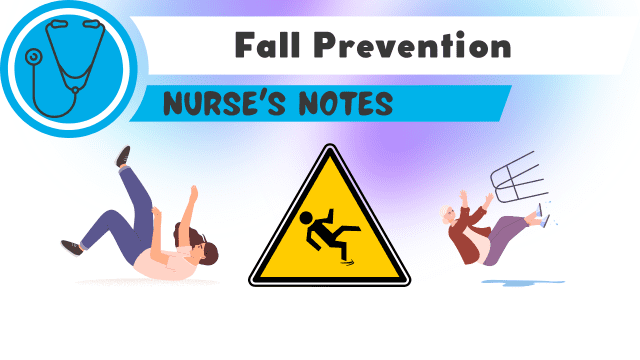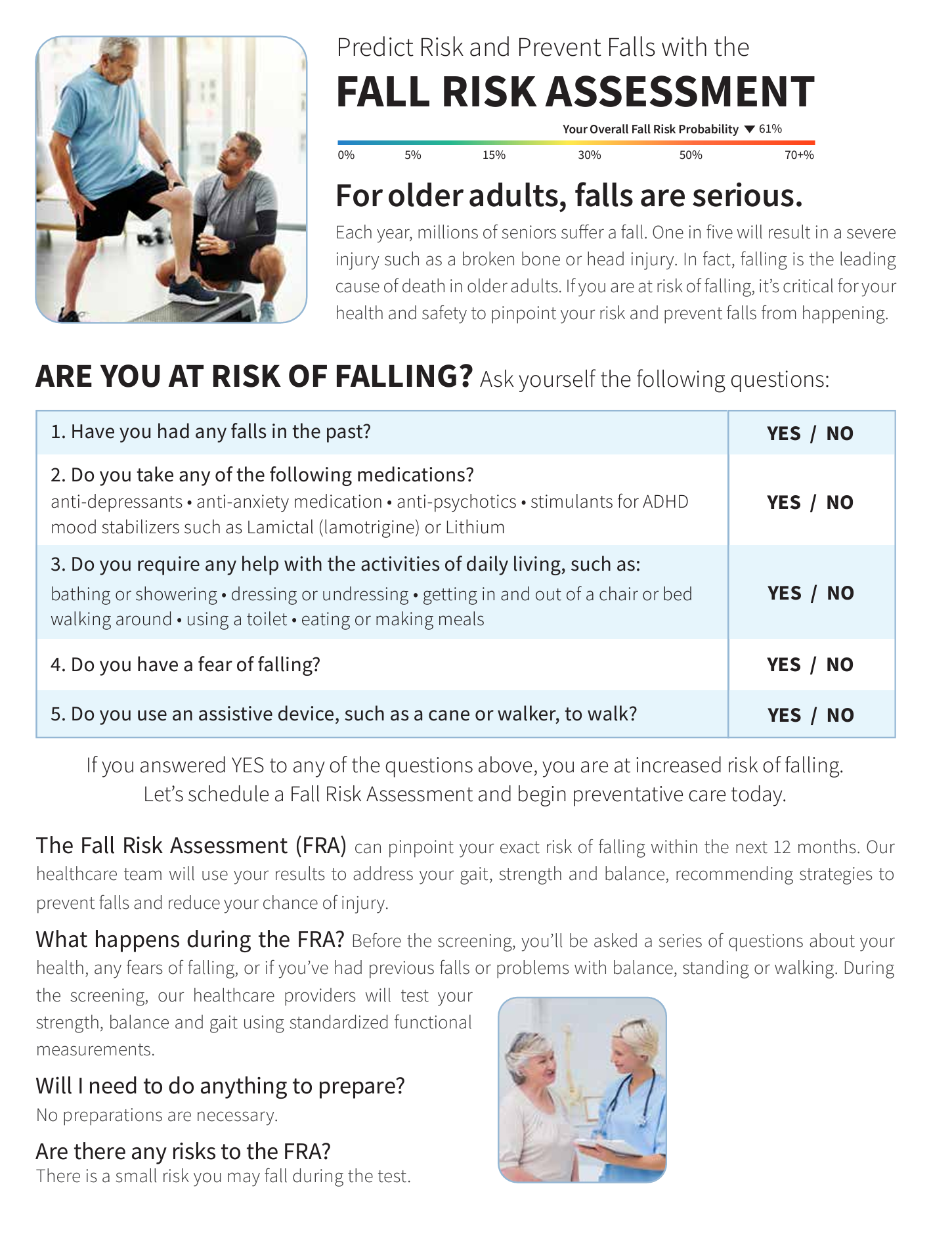About Dementia Fall Risk
Table of ContentsAll About Dementia Fall RiskGetting My Dementia Fall Risk To WorkThe 7-Minute Rule for Dementia Fall RiskThe Main Principles Of Dementia Fall Risk
A loss risk evaluation checks to see just how likely it is that you will certainly fall. It is mostly provided for older adults. The assessment usually consists of: This includes a series of concerns concerning your total wellness and if you have actually had previous falls or issues with equilibrium, standing, and/or walking. These tools check your toughness, equilibrium, and gait (the method you stroll).Treatments are suggestions that may lower your danger of dropping. STEADI consists of 3 steps: you for your threat of falling for your risk variables that can be enhanced to try to protect against falls (for instance, balance troubles, impaired vision) to lower your risk of falling by utilizing effective methods (for instance, giving education and learning and sources), you may be asked several concerns including: Have you fallen in the past year? Are you stressed about falling?
If it takes you 12 seconds or more, it may suggest you are at greater risk for a fall. This test checks stamina and balance.
Move one foot halfway forward, so the instep is touching the huge toe of your other foot. Move one foot fully in front of the other, so the toes are touching the heel of your various other foot.
The Best Strategy To Use For Dementia Fall Risk
A lot of falls take place as a result of numerous contributing variables; as a result, handling the danger of falling starts with determining the elements that add to drop danger - Dementia Fall Risk. A few of one of the most appropriate threat aspects consist of: Background of previous fallsChronic medical conditionsAcute illnessImpaired gait and equilibrium, lower extremity weaknessCognitive impairmentChanges in visionCertain high-risk medications and polypharmacyEnvironmental variables can additionally enhance the risk for falls, consisting of: Poor lightingUneven or damaged flooringWet or unsafe floorsMissing or harmed handrails and get hold of barsDamaged or incorrectly equipped equipment, such as beds, mobility devices, or walkersImproper use assistive devicesInadequate supervision of the individuals residing in the NF, including those that exhibit hostile behaviorsA successful loss risk administration program calls for a comprehensive professional assessment, with input from all members of the interdisciplinary team

The care strategy need to also consist of treatments that are system-based, such as those that promote a secure setting (proper lighting, handrails, get hold of bars, and pop over to this site so on). The performance of the interventions should be examined periodically, and the care strategy changed as required to mirror changes in the fall risk assessment. Implementing a loss threat administration system making use of evidence-based best technique can lower the occurrence of falls in the NF, while restricting the possibility for fall-related injuries.
All About Dementia Fall Risk
The AGS/BGS guideline recommends evaluating all grownups matured 65 years and older for autumn risk annually. This testing consists of asking people whether they have dropped 2 or more times in the past year or looked for medical attention for a fall, or, if they have actually not look at these guys dropped, whether they really feel unstable when strolling.
People who have fallen when without injury ought to have their equilibrium and gait reviewed; those with stride or balance abnormalities must get extra assessment. A history of 1 fall without injury and without gait or equilibrium troubles does not warrant additional assessment beyond ongoing yearly loss danger testing. Dementia Fall Risk. A loss risk analysis is called for as part of the Welcome browse around here to Medicare examination

Some Known Factual Statements About Dementia Fall Risk
Documenting a drops background is just one of the quality indications for autumn avoidance and administration. A crucial component of threat evaluation is a medicine testimonial. A number of courses of medications raise fall danger (Table 2). copyright medications in certain are independent predictors of falls. These drugs tend to be sedating, modify the sensorium, and hinder balance and gait.
Postural hypotension can frequently be eased by lowering the dosage of blood pressurelowering medicines and/or quiting medications that have orthostatic hypotension as an adverse effects. Usage of above-the-knee assistance hose and copulating the head of the bed elevated may also decrease postural decreases in high blood pressure. The preferred components of a fall-focused checkup are displayed in Box 1.

A TUG time greater than or equal to 12 seconds suggests high autumn risk. Being not able to stand up from a chair of knee height without using one's arms shows raised loss risk.